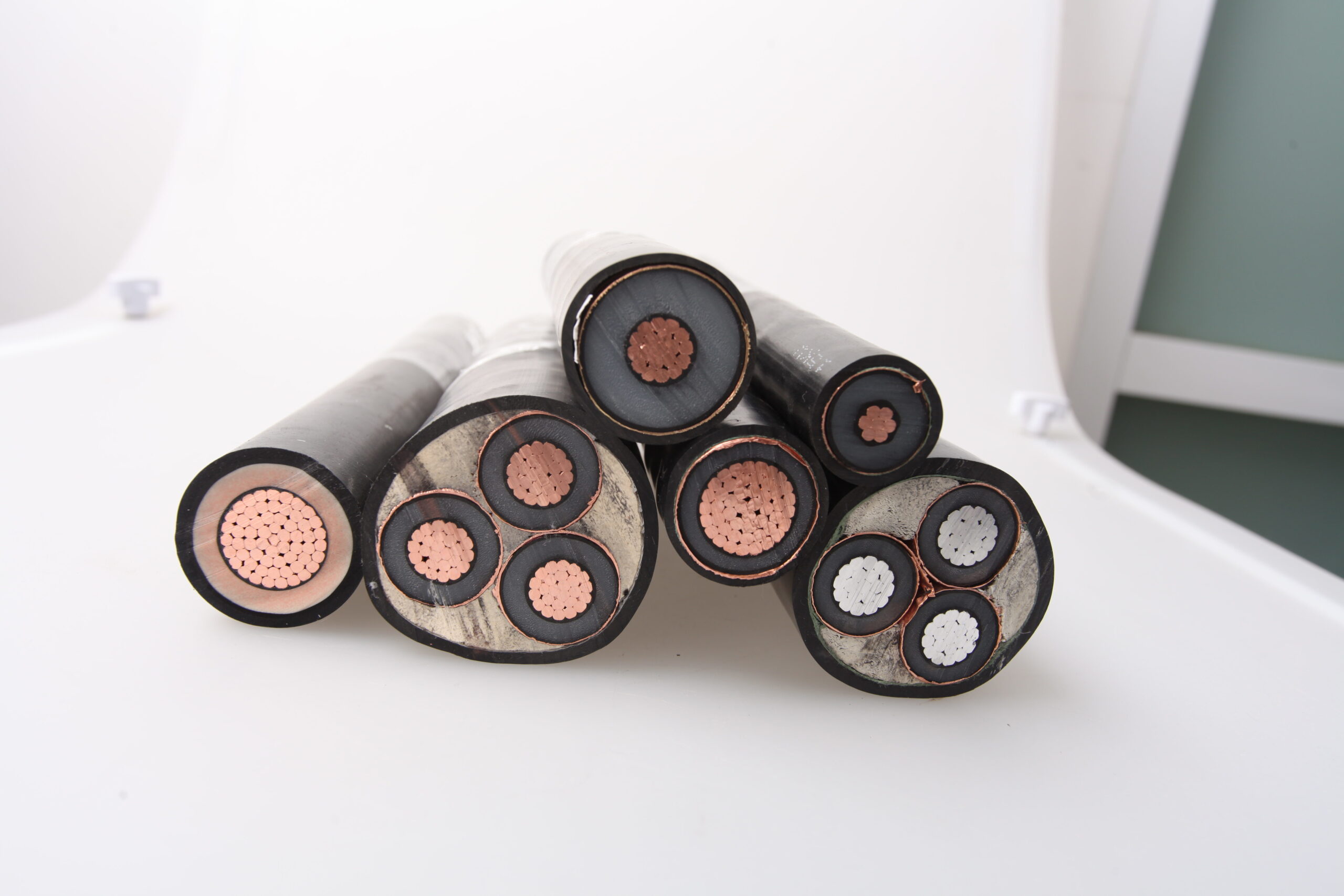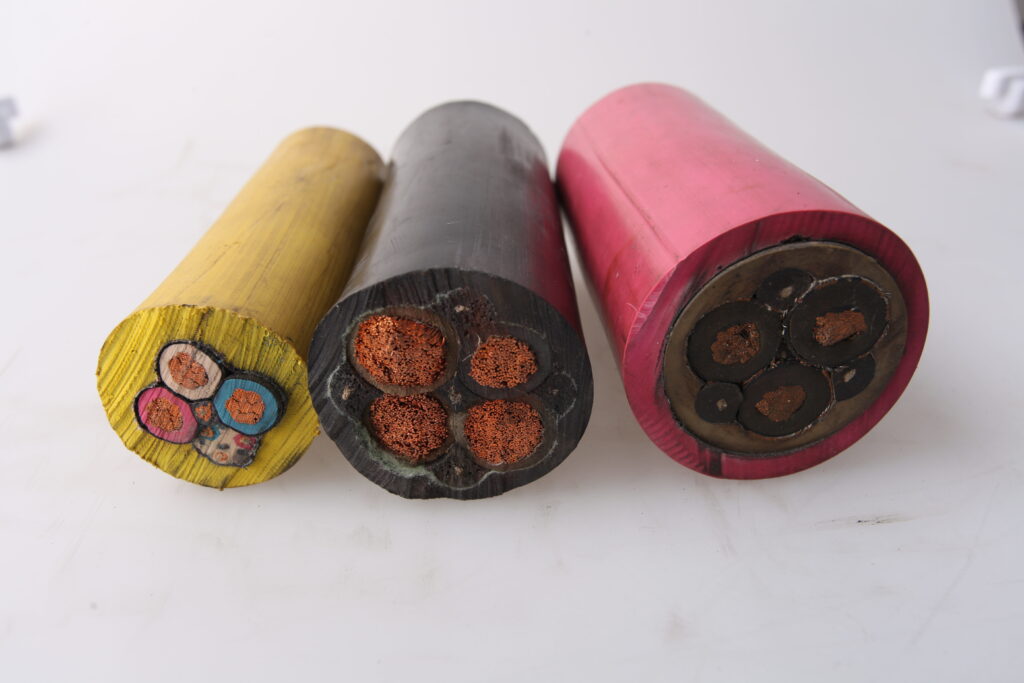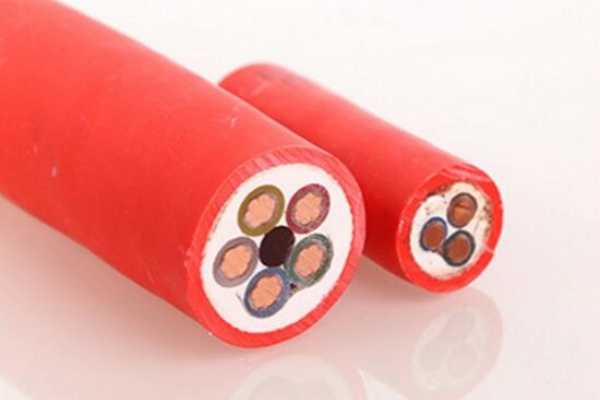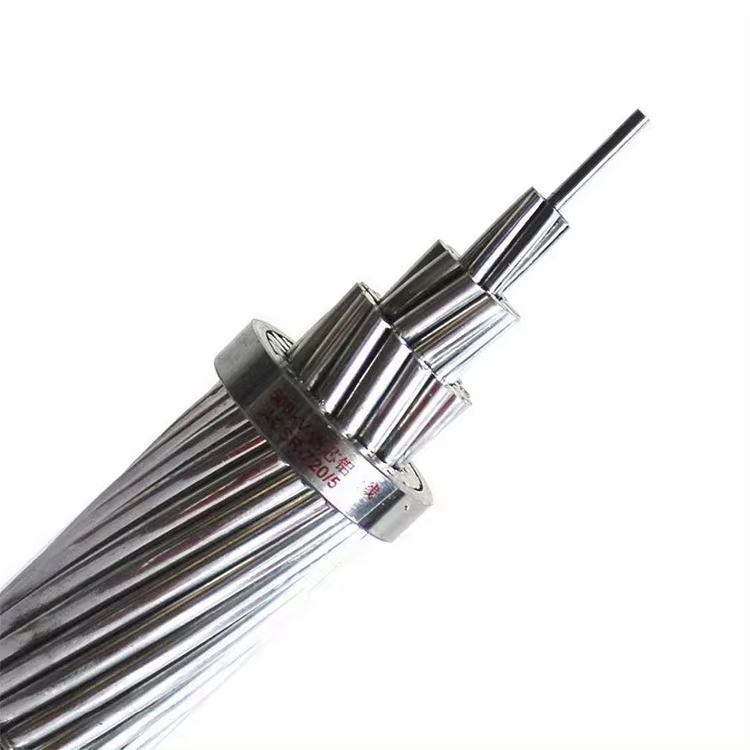The choice of cable directly influences the performance and safety of an electrical system. L’AWG (American Wire Gauge) is a standard often used when selecting cables. It indicates the diameter of the cable conductor. This article explores in depth the basic concepts of the AWG standard and its impact on cable performance, to help you choose the right cable according to different usage scenarios.
Introduction to the AWG standard
AWG is a standard developed in the United States for measuring the diameter of conductive wires. Its particularity is that the AWG values are inversely proportional to the diameter of the wire. In other words, the smaller the AWG number, the thicker the conductor, and the more current it can carry. Conversely, a higher AWG number corresponds to a thinner conductor, able to carry less current.
For example, a cable of 12 AWG has a diameter larger than that of a wire 24 AWG. So, it can transmit more current. In the cable industry, AWG is a key indicator that allows engineers and technicians to quickly identify and select the appropriate cable.

The influence of AWG on cable performance
Choosing the right AWG cable is about more than just cable size. It also concerns several technical aspects, such as resistance, the ability to carry current, and the voltage drop. Here are the main effects of AWG on cable performance :
Conductivity : The thicker the conductor, the lower the resistance, the better the conductivity. Therefore, low AWG cables can transmit current more efficiently.
Ability to carry current : Low AWG cables have a greater capacity to carry current. They are therefore recommended for applications requiring high currents. On the other hand, Higher AWG cables are more suitable for lower power applications, like data transmission.
Voltage drop : When a cable carries current, conductor resistance causes voltage drop. This is particularly problematic over long distances, where the voltage drop can be greater. Smaller AWG cables, having lower resistance, make it possible to better maintain a stable tension.
Physical resistance and flexibility : Thicker cables may be less flexible during installation and wiring. However, they offer better physical resistance and greater durability. So, in harsh environments, using thicker cables ensures longer cable life.

Choice of AWG in different application scenarios
According to the different application scenarios, It is essential to choose the right AWG cable size. Here are some examples of current applications and their corresponding AWG cables :
Domestic electrical systems : In a domestic environment, The most common AWG cables are the 12 AWG and the 14 AWG. These cables are suitable for lighting, Electrical sockets and household appliances. They offer sufficient current transport capacity, while being easy to install and maintain.
Industrial applications : In an industrial environment, higher power currents are often necessary. This is why cables 6 AWG, even lower value, are often used. These cables can withstand greater currents, and are perfectly suitable for electric motors, large equipment and high -voltage transmission systems.
Electronic equipment and communication cables : For data transmission and low -power devices, we usually use cables 24 AWG or higher AWG values. These cables are ideal for network wiring, communication systems and electronic equipment. They ensure stable data transmission.
Special cables : In the automotive or aeronautical field, The choice of AWG can be more varied. According to specific needs, Different cable sizes can be used, in order to meet the requirements of current transmission or resistance to environmental conditions.
Comparison between AWG and international wiring standards
AWG is one of the main standards in the cable industry in the United States. However, Other regions and countries use their own wiring standards, such as IEC standard (International electrical engineering commission) and BS standard (British standard). These different standards define the specifications of the cables distinctly. However, in a context of globalization, There are correspondence between AWG and other international standards.
For example, The IEC standard generally uses square millimeters (mm²) To express the driver's section, While the AWG uses numbers to indicate the diameter of the cable. So, when purchasing cables on the international market, It is crucial to know how to convert the AWG to other standards.

Important considerations for the selection of AWG cables
When choosing a cable, It is necessary to take into account not only the current load and the transmission distance, but also the environment of use. For example, under high temperature or high humidity conditions, cable performance can be affected by the material and driver size (AWG). What's more, Consult an AWG cable capacity board allows you to choose the suitable cable more precisely, and thus avoid problems such as overloading or overheating.
Frequently Asked Questions
How does the AWG value affect the price of cables ?
Cables with a low AWG value, having a larger conductor diameter, use more conductive material. This results in a higher manufacturing cost, and therefore a higher price. This is especially true when expensive metals like copper are used. The thicker the cable, the more its cost can be significant. On the other hand, cables with a higher AWG value, having thinner conductors, use less material and are therefore less expensive. When choosing a cable, it is essential to find a balance between cost and performance, ensuring that the chosen cable meets technical requirements while remaining within budget.
How to choose a suitable AWG cable based on current and voltage ?
The AWG size of the cable should be selected based on the current load and voltage level required by the application. Lower AWG values (as 10 Your AWG 12 AWG) suitable for applications requiring high current and high power, such as industrial equipment or electricity transmission. Conversely, higher AWG values (as 22 Your AWG 24 AWG) are suitable for low current applications, as la communication data or electronic equipment. View a current carrying capacity chart for AWG cables (Ampacity Table) can help you identify the correct cable size. What's more, for long distances, It is recommended to choose a smaller AWG size to minimize voltage drop.

How to Check if a Cable's AWG Size Meets Project Needs ?
To check if the AWG size of a cable is right for your project, follow these steps :
First of all, determine the current load and operating voltage of your equipment.
Ensuite, assess the possibility of a voltage drop depending on the length of the cable.
Consult an AWG cable transport capacity board and choose a cable size that corresponds to the load and the transmission distance. If you are not sure, You can also measure the diameter of the cable driver and compare it to the AWG standards table. Finally, It is advisable to consult a professional supplier, Tel what zms cable, To obtain recommendations on the appropriate cable, in order to ensure that it meets the project requirements.
Custom AWG cable service at ZMS Cable
ZMS Cable is able to produce cables in accordance with the AWG standard. What's more, ZMS offers a wide range of AWG cables to meet the needs of various sectors. Furthermore, ZMS Cable offers a custom cable service, ensuring that cables meet specific customer requirements. Cables from ZMS are not only high quality, but they have also obtained international certifications such as IEC, BS and TUV. This makes them suitable for a variety of environments and applications.
Conclusion
The AWG standard is an essential reference criterion in the choice of cables. By understanding the relationship between AWG and cable performance, users can select the most suitable cable according to the current, transmission distance and environmental conditions. This helps ensure the security and efficiency of the system.. ZMS Cable provides high quality AWG cables along with customization service to meet the varied needs of its customers. If you want to know more, do not hesitate to contact us.
